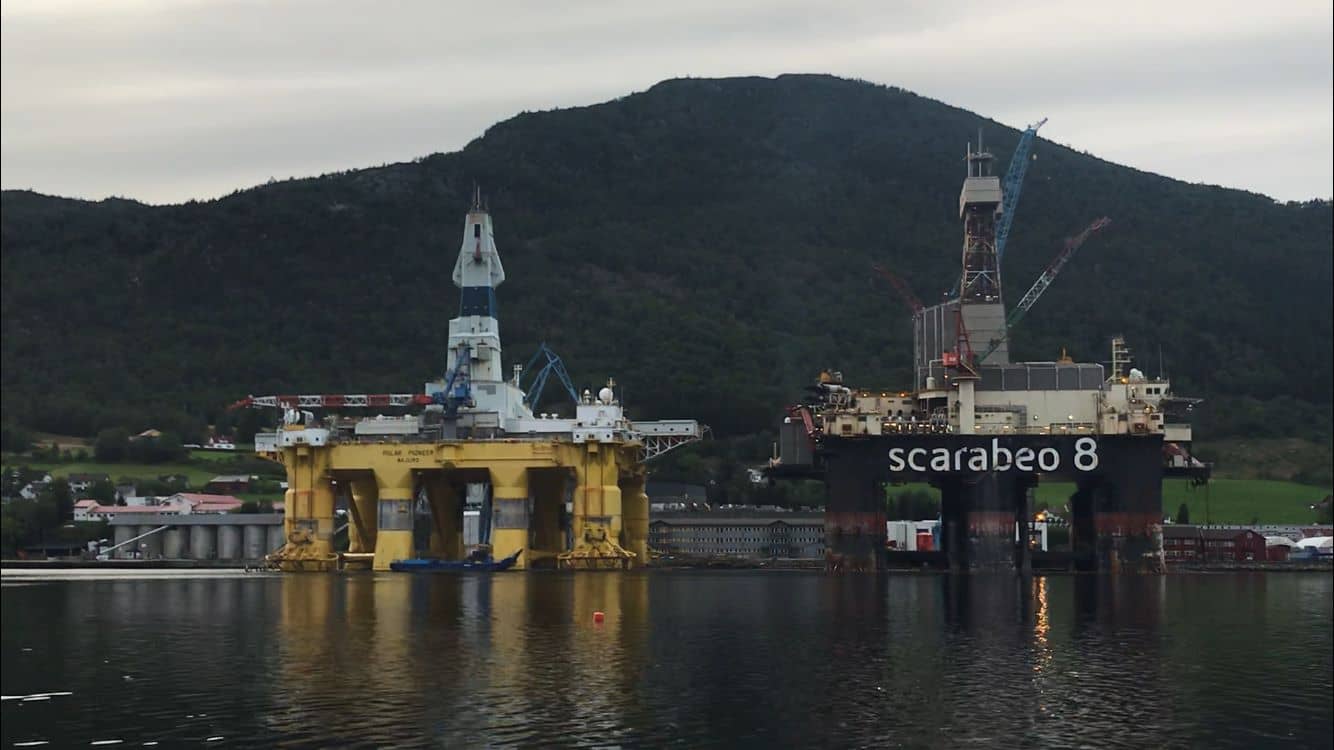It’s better to keep your well functioning, semi-old fossil fuel car than buying an electric one. It will emit less CO2 than producing a new car.
What about wind turbines? Is it better to produce tens and thousands of them than keeping the old fossil fuel power plants?
The answer is YES! No contest.
Turbine footprint is well documented
I turn to Yale Climate Connections for answer and will simply cut and paste from Sara Peach’s article. It’s a good read.
Just keep in mind before reading: Globally, there are around 3,000 offshore wind farms either planned, under construction or in operation and the number is increasing every day. Each farm has dozens of turbines, some up to 200 turbines.
So, what is the carbon footprint of a wind turbine? Peach explains:
To conduct a life cycle assessment of a wind turbine, or any other product, researchers begin by diagramming each stage of its existence, from manufacturing through end-of-life disposal. Next, they inventory the energy and raw materials consumed at each stage, such as the steel, fiberglass, and plastic needed during a wind turbine’s manufacturing, the diesel burned by ships and trucks in transporting turbine parts from factory to construction site, and the energy used during construction, operation, maintenance, and eventual deconstruction and recycling or disposal.
With this information in hand, researchers calculate the carbon pollution produced during a wind turbine’s life cycle — in other words, its carbon footprint.
The article has a table showing grams of CO2-eq per kWh and wind turbines fall within a range of about five to 26 grams of CO2-equivalent per kilowatt-hour.
No contest
Power plants that burn natural gas are responsible for 437 to 758 grams of CO2-equivalent per kilowatt-hour — far more than even the most carbon-intensive wind turbine.
There’s another crucial difference between fossil fuels and wind turbines. A coal or natural gas plant burns fuel — and releases carbon dioxide — every moment that it runs. By contrast, most of the carbon pollution generated during a wind turbine’s life occurs during manufacturing. Once it’s up and spinning, the turbine generates close to zero pollution.
In fact, it’s possible to calculate a carbon “payback” time for a wind turbine: the length of time it takes a turbine to produce enough clean electricity to make up for the carbon pollution generated during manufacture. One study put that payback time at seven months — not bad considering the typical 20- to 25-year lifespan of a wind turbine.





